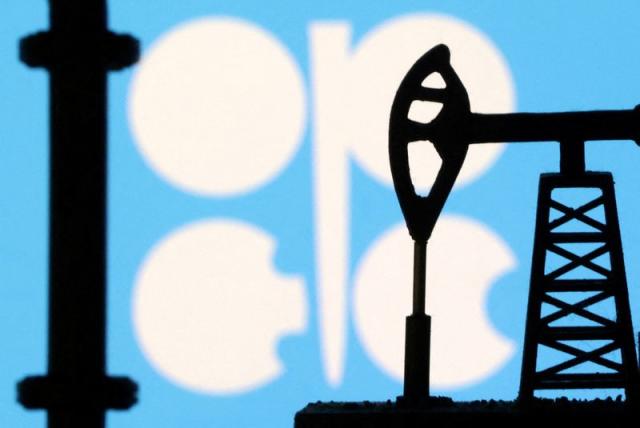
The Organisation of the Petroleum Exporting Countries (OPEC) said its 2.2 million barrels per day expectations for economic growth in 2024 is expected to play a defining role in shaping global demand and supply in the oil market.
OPEC stated this in its monthly report for December.
The latest report noted, “Looking ahead to 2024, global oil demand is forecast to rise by a healthy 2.2 mb/d, y-o-y. OECD oil demand is expected to increase by 0.3 mb/d, predominantly in OECD Americas, with other regions also showing some growth. In the non-OECD, a 2.0 mb/d, y-o-y, increase is projected, with China and the Middle East leading the way, supported by Other Asia and India.”
This forecast centres on sustained economic and petrochemical activity across major consumer nations,
which fosters demand for transportation fuels and distillates in 2024.
On the supply side, non-OPEC supply growth is forecasted at 1.8 mb/d in 2023. Notably, the US is expected
to account for around 70% of this expansion, with a, y-o-y, liquids production increase of 1.3 mb/d.
Other key contributors to this growth include Brazil, Kazakhstan, Norway, Guyana, Mexico and China. As
for 2024, non-OPEC supply is forecast to expand, y-o-y, by 1.4 mb/d. Growth drivers include US tight oil
output, offshore start-ups in Latin America and the North Sea, and the expansion of oil sands projects in
Canada”.
OPEC stressed that the economic growth seen in the first three quarters this year in most key economies had been better than expected.
“With this, the global economic forecast for 2023 is expected at 2.9 per cent. As this robust economic growth is expected to extend into 2024, the global economic growth is forecasted at 2.6 per cent for the year 2024.
In OECD economies, the robust growth observed in the US during 1H23 and 3Q23 is expected to moderate slightly, with a steady trajectory anticipated in 4Q23 and throughout 2024. The Eurozone that witnessed lower-than-anticipated growth up to 3Q23 is expected to see a slight pickup in 4Q23 and in 2024.
Japan’s economic growth exceeded its potential in 1H23, with a projected normalization in 2H23 and throughout 2024. In the non-OECD group, India, Brazil and Russia exhibited robust economic growth surpassing expectations up to 3Q23, with this trend expected to persist in 4Q23 and throughout 2024”.
The US is projected again to lead the growth, comprising about 44 per cent of the total, followed by
Canada, Guyana, Brazil, Norway and Kazakhstan.
Although, non-OPEC upstream sector investment is estimated at around “$487 billion in 2023, up 11%, y-o-y, but this is forecast to drop slightly to around $482 billion in 2024.”
“As 2023 draws to an end, the OPEC Secretariat remains cautiously optimistic about the fundamental factors
affecting oil market dynamics in 2024.
In response to the broad spectrum of uncertainties that continues to surround the global oil market, many countries participating in DoC announced in November 2023 additional voluntary adjustments in 1Q24 to help maintain stability and balance in global oil markets.
Indeed, countries participating in DoC will continue these commitments to achieve and sustain a stable oil market and provide long-term guidance for the market”, according to the latest report of the OPEC”, OPEC said in its December report.
OPEC estimates that the world needs $12.1 trillion in investments to meet rising oil demand in the long term.
Secretary General, OPEC, Haitham Al Ghais had earlier said that underinvesting in the oil and gas sector could cause market volatility in the long term and imperil growth.
He also said the world needs to focus on reducing greenhouse gas emissions rather than replacing one form of energy with another, stressing that major investments were needed in all energy sectors.
“That is the truth that needs to be spoken,” Al Ghais told the Middle East Petroleum and Gas Conference which was held recently in Dubai.





